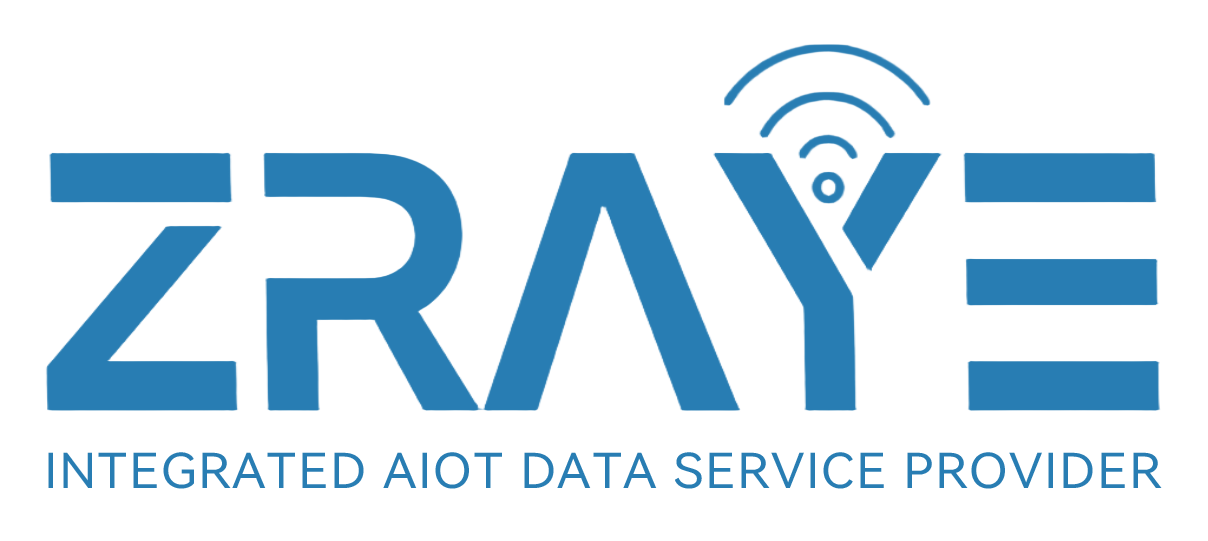Tag performance: the foundation of ARC certification
The house analogy: ARC as the architect
Imagine building a house. You may know what you want it to look like but turning that vision into reality requires an architect to create detailed plans. These plans guide the builders, ensuring the house meets your expectations.
Similarly, ARC acts as the “architect” of RFID tag specifications. It sets functional requirements—like the number of rooms in a house or the presence of a kitchen—without dictating the exact design. Manufacturers, like builders, translate these functional plans into physical RAIN RFID tags that comply with ARC’s standards.
Unlike a house plan, however, ARC specifications focus on functionality rather than exact dimensions or appearance. The specs define performance goals, such as reliable readability on specific materials, leaving room for manufacturers to innovate.
The role of ARC specifications
At the heart of the ARC certification are its specifications (or “specs”). These functional guidelines define the minimum performance requirements for RAIN RFID tags under different conditions.
Why ARC speeds innovation
ARC specifications don’t limit manufacturers to a fixed design. Instead, they define what the tag must achieve (e.g., readability on certain materials) but do not impose dimensions, shape or even the type of IC (chip) used. This flexibility allows manufacturers like Paragon ID to innovate and create antennas and ultimately tags that not only meet but often exceed ARC’s requirements.
Smaller, more efficient RFID inlays are a prime example. Over time, advancements in antenna design and IC sensitivity have led to smaller ARC-compliant inlays. These inlays are:
Less intrusive: They blend seamlessly into product designs.
Eco-friendly: Smaller inlays reduce material usage and shipping weight.
Cost-effective: They lower production and logistics costs.
An ongoing process of improvement
The ARC program continuously evolves. New specs are added for emerging product categories, while existing specs are updated to reflect technological advancements. This commitment to innovation keeps the certification relevant and valuable.
For retailers
Retailers like Walmart, Decathlon, Zara and many others benefit from:
Reliability: ARC-certified RAIN RFID tags work consistently across global supply chains.
Efficiency: Improved inventory accuracy leads to better stock management and customer satisfaction.
Sustainability: Smaller, ARC-compliant inlays reduce environmental impact.
For manufacturers
For RFID manufacturers, ARC certification is a mark of distinction. It assures clients that their RAIN RFID tags meet the highest standards of performance and quality, creating a competitive edge in a crowded market





